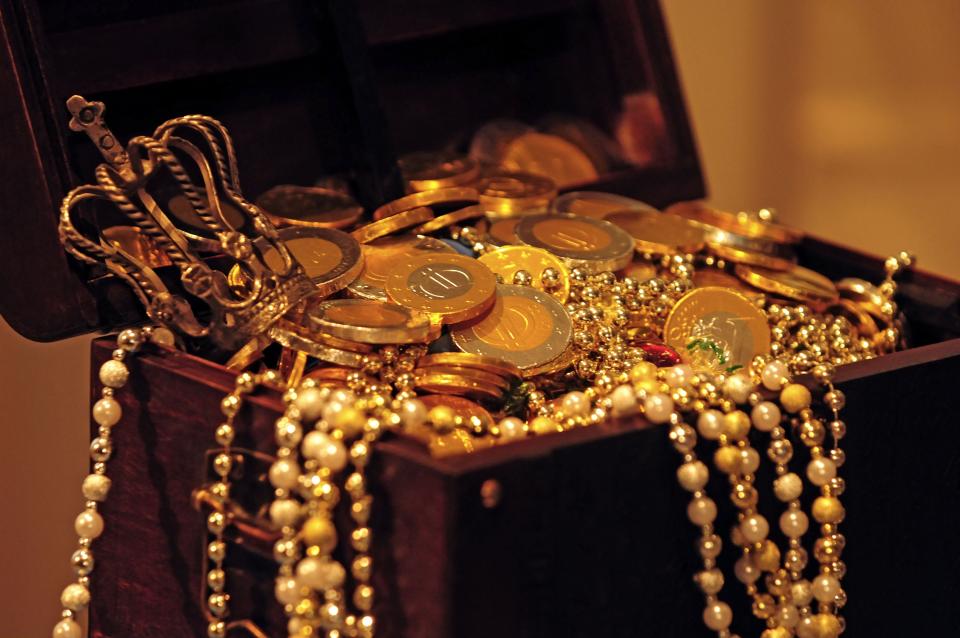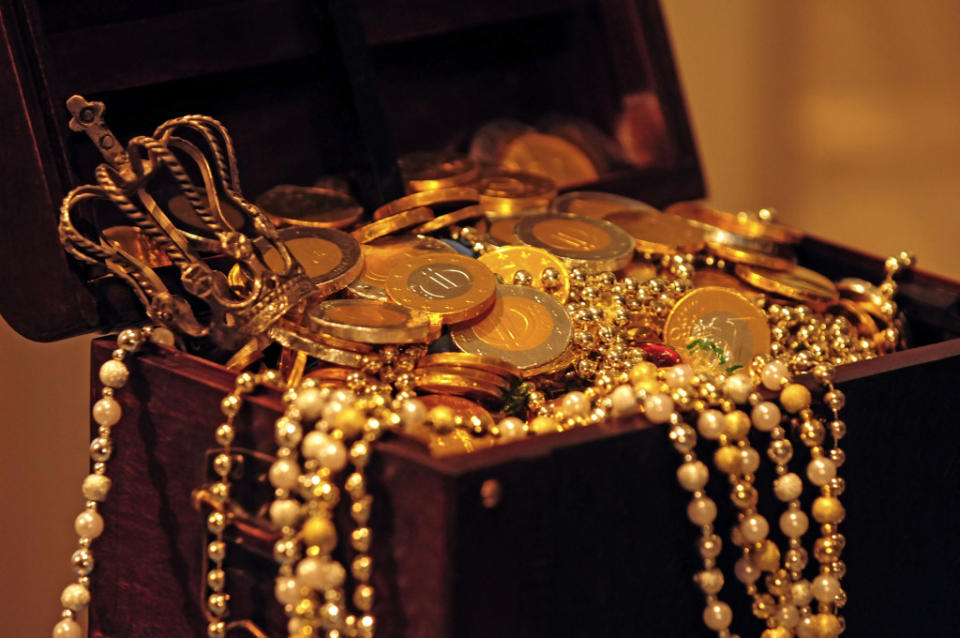How an Autonomous Vehicle Found the ‘Holy Grail’ of Shipwrecks
An autonomous vehicle was required to find the “holy grail of shipwrecks” that had up to $17 billion in gold, silver, and emeralds on it.
In a statement on Monday, the Woods Hole Oceanographic Institution (WHOI) released fascinating new details about the recovery of the San Jos?, a Spanish galleon ship that was sunk in 1708 during the War of Spanish Succession and was discovered three years ago off the coast of Cartagena, Colombia. According to the WHOI, which needed to obtain permission to divulge more details on the discovery from the Maritime Archaeology Consultants (MAC) and Colombian government, the ship was discovered 600 meters (1,968 feet) below the surface by an autonomous vehicle called the REMUS 6000.
The REMUS 6000 was deployed in June 2015 to scour a massive search area for the shipwreck. But due to time constraints, the vehicle was unable to complete the mission. In November 2015, WHOI and MAC went back to the areas they hadn’t searched and set the REMUS 6000 loose. After finding something on the sea floor, the REMUS 6000 descended to just 30 feet above the wreck and took photos of the San Jos?’s bronze cannons, which were said to have engraved dolphins on them.
REMUS 6000 had hit the mark.
Get Data Sheet, Fortune's technology newsletter
The REMUS 6000, officially an “autonomous underwater vehicle,” was the the secret to finding the shipwreck, it seems. The vehicle is apparently able to scour much broader areas than human-driven technology might and can do so for a longer duration, WHOI engineer and expedition leader Mike Purcell said. A separate page on the WHOI website says the REMUS 6000 can work at depths up to 3.7 miles. Previous REMUS vehicles had been used to find Air France 447 wreckage in 2011 and to map the Titanic’s wreck site in 2010.
Of course, the REMUS 6000 is being credited for finding billions of dollars worth of treasure. But WHOI also said that its discovery, which includes a variety of artifacts, sheds light on “Europe’s economic, social, and political climate in the early 18th century.”
The REMUS 6000 is owned by the Dalio Foundation, which was founded by the Dalio family. Ray Dalio is a billionaire investor and hedge fund manager.


